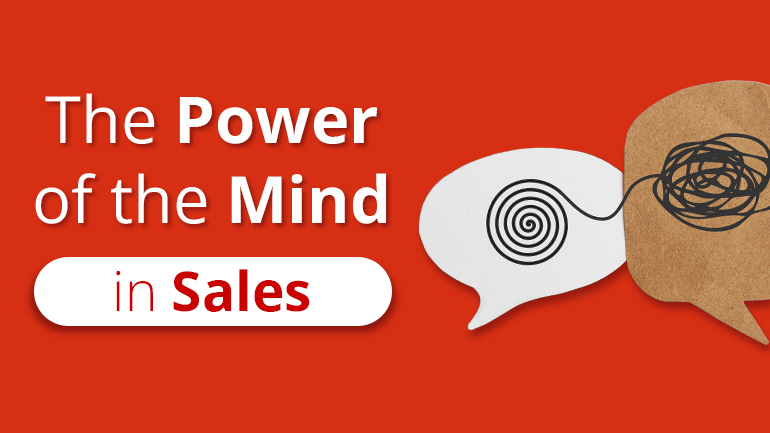Who knew we would start the new decade with so many conference and video calls with colleagues, friends and family? If you feel tired or burned out after all these virtual calls, meetings or conferences, welcome to the club. So many people are experiencing this phenomenon that it has even been given the name “Zoom Fatigue”.
“Zoom fatigue” describes fatigue, anxiety or burnout associated with excessive use of virtual communication platforms. “Zoom fatigue”, like other experiences accompanying the pandemic, is widespread, intense and completely new.
So, the question is: what effect does the increased use of virtual communications have on our well-being?
How does remote communication affect workers?
The amount of virtual meetings have gone through the roof, with hundreds of millions of online encounters taking place every day, as protocols of social isolation have physically kept people apart. It is frustrating when most of our socialization takes place online, as this can affect us both physically and mentally.
Interestingly, video calls have sparked a division in society’s opinions. While many see online communication as beneficial, the overdependence of some organizations in video conferencing can lead to employee exhaustion and burnout due to several reasons, such as extended screen time, the development of an “always-on” mentality and no physical separation between the home and work environment.
There are many reasons why we may get tired after one or more video calls. One of those reasons is that this type of communication is difficult for our mind to process and understand. You are shuffling between technology, interruptions and the challenge of trying to pick up social signs on the screen, all while a number of people are staring at you.
Also, most of the nonverbal cues we rely on during personal conversations, such as eye contact, body language, gaze awareness, or an indication that someone is preparing to speak, cannot be easily understood from a live video. Therefore, our brain registers all of this input as some strange disconnection.
Professor Jeremy Bailenson, founding director of Stanford Virtual Human Interaction Lab (VHIL) investigated the psychological repercussions of spending hours per day on virtual communication platforms. He identified four negative effects of protracted video calls that, according to him, contribute to the feeling known as “Zoom fatigue.” These four effects are as follows: intense excessive close-up eye contact, continuously seeing yourself in video calls is frustrating, video chats greatly reduce our mobility and the cognitive load is much higher in video chats.
The additional cognitive load is going to make people stressed. And the more intense the burnout, the more the stress that is experienced at work, and the harder it is to succeed in fulfilling professional responsibilities. The result of this is that you may suffer from exhaustion.
Combating Zoom fatigue
There are several steps you can take to mitigate the harmful effects of “Zoom” burnout and increase your energy, performance and workday productivity.
Don’t schedule back-to-back calls – This will give you not only a break from video, but also allow you to take a snack break, make some tea, or enjoy any other breaks you might need. Book a 5-, 10- or 30-minute period for offline work or a break.
Avoid multitasking – Sometimes doing more in less time seems like a great idea, but research shows that trying to do multiple things at once generally reduces performance. When switching between a variety of tasks you have to turn certain parts of the brain on and off, and switching between tasks can cost as much as 40 percent of your productive time.
Agree to an end time and stick to it – As with any meeting in the real world, online meetings tend to last longer than planned. To avoid that, the time needs to be universally agreed and adhered to.
Spend time outside – Time spent outside is associated with better mental health and cognitive functions. By spending at least 120 minutes a week in nature, taking walks and deliberately diverting attention from work, you can mitigate many of the effects of prolonged sitting, extended screen time and exhaustion.
Follow the 20-20-20 rule – This can help alleviate the effects of screen apnea and computer vision syndrome. The rule says that for every 20 minutes spent looking at the screen, you have to take a 20-second break, move around and look at something 20 meters away. This exercise relaxes the eye muscles and gives the brain a much-needed break.
Open awareness meditation – Just 60 seconds of open awareness meditation helps you relax, clear your head and raise energy levels. Sit in a comfortable place for one minute with your eyes open or closed. Focus intensely on all the surrounding sounds and see how many you can recognize.
Conclusion
Virtual communication is not always easy, and this technology should not be taken for granted. There is no perfect formula for how and for what period of time you should connect with people, and there are many differing opinions on the best way to handle online connectivity.
It is important to keep in mind that while there are negative effects when using virtual communication platforms, there are also significant benefits and opportunities. That is why, whether you are an employee or an employer, it is necessary to understand that when this technology becomes overused, people can start to feel tired, stressed or burned out.







